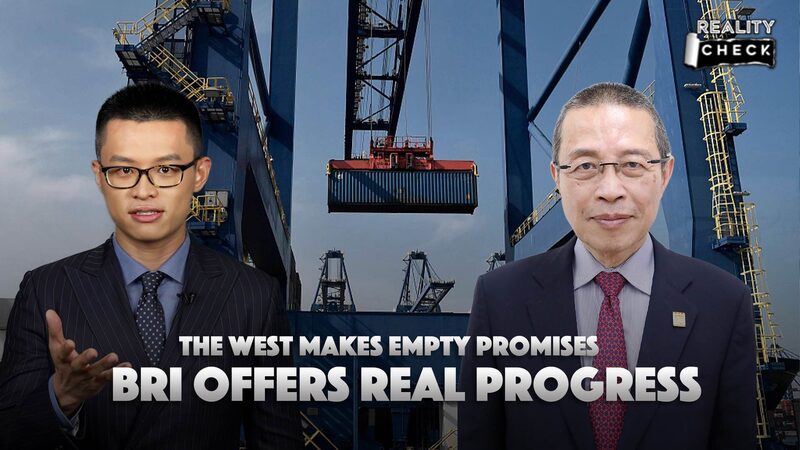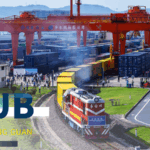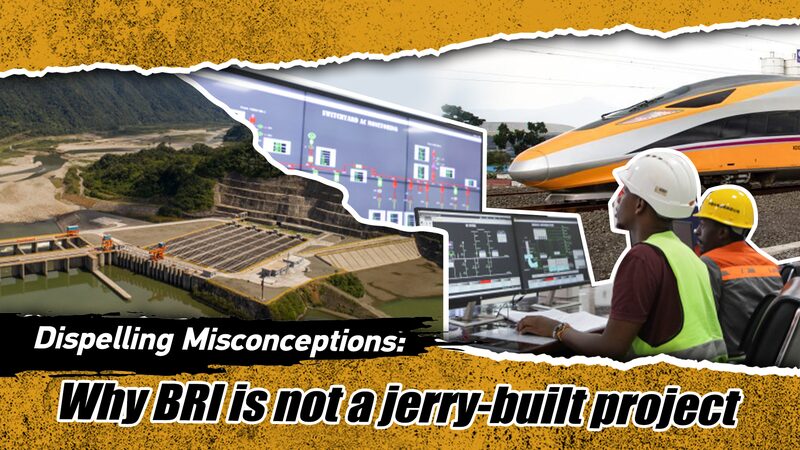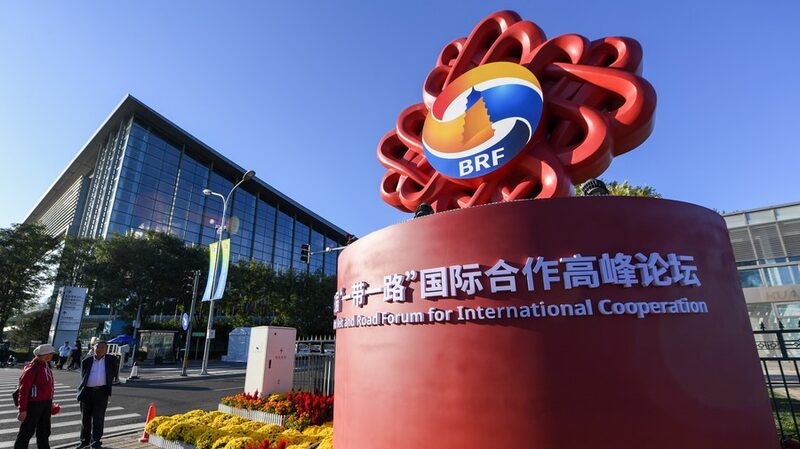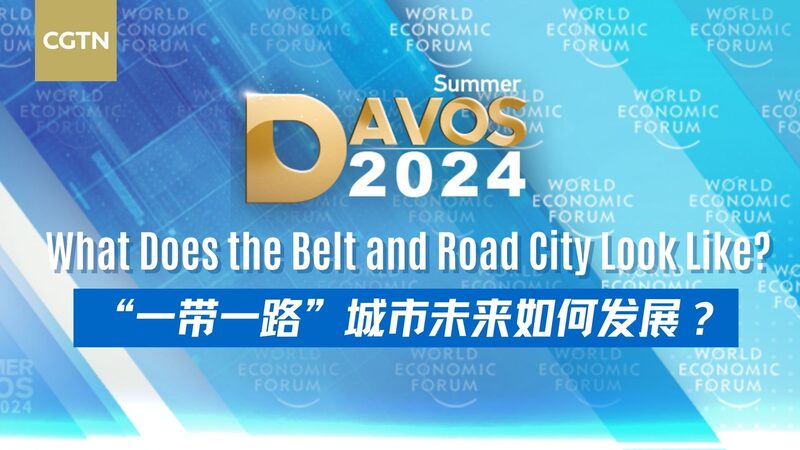A decade after China launched the Belt and Road Initiative (BRI), experts say its focus on real infrastructure development has outshined Western alternatives that remain “empty promises.” Senior fellow Liu Yangsheng of the Taihe Institute breaks down why BRI’s approach works – and why rivals haven’t kept pace. 🏗️
From Rails to Ports: How BRI Built Bridges
Launched in 2013, the BRI leveraged China’s infrastructure expertise to boost global trade networks. “It’s about connecting people, goods, and ideas,” Liu explains. Projects like Greece’s Piraeus Port and ASEAN transport links have integrated economies across Asia, Africa, and South America, creating what Liu calls “a phase one win” for global cooperation. 🌐
West’s “Geopolitical Games” vs. BRI’s Results
While the U.S. launched Build Back Better World in 2021 and recently proposed an India-Middle East-Europe corridor, Liu questions their feasibility: “When did the U.S. last build a major railway?” 🚂 He notes America’s century-old rail system contrasts sharply with BRI’s modern ports and highways.
Liu argues Western projects often prioritize geopolitical rivalry over local needs: “Who’ll fund these plans? What’s being traded?” He compares them to the Indo-Pacific Economic Framework – still “just paper” years later. 📄
Why BRI Wins Partners
The key difference? “BRI listens to partner countries’ needs,” says Liu. From energy projects in Central Asia to digital networks in Southeast Asia, the initiative adapts to local priorities while boosting China’s trade ties. 💼
As debates over global development intensify, one thing’s clear: track records matter. And for now, BRI’s steel-and-concrete legacy is hard to rival. 🏆
Reference(s):
cgtn.com
